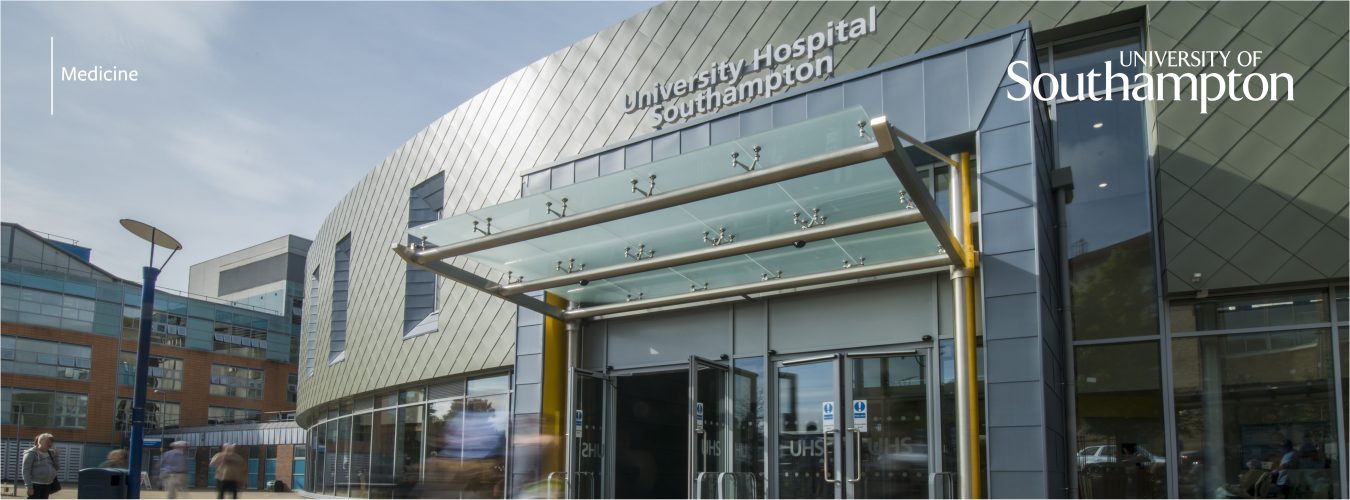I still recall the day in 1983, when I was told that my “chosen” research area was osteoporosis. I had completed my senior house officer rotation in medicine between the Royal South Hants Hospital, Lymington and Southampton General the month before, and started as David Barker’s new registrar.
I had always liked the idea of combining a research project with clinical work, and David was in the process of applying for the Directorship of the then MRC Environmental Epidemiology Unit, which had been founded by Donald Acheson four years previously (younger readers uncertain about this phase of our development can consult the excellent “Southampton Medical School: The First 50 Years” which was published in 2015).
Donald had by then moved to the Department of Health as Chief Medical Officer, and when David had mentioned the need for a new research theme for a fresh-faced young thing, Donald had replied that he had just read a report that hip fractures in the elderly were becoming a bit of a public health problem. When I walked into the doctors’ mess that evening and mentioned to colleagues that osteoporosis had been designated my research area, I was greeted by a mixture of incredulity and genuine concern for my professional welfare.
Little did I know at the time, that I was at the start of a journey that would be continuing almost four decades later; that study of this obscure backwater in non-communicable disease would suddenly blossom into a science of its own, with a world congress last year that attracted over 8000 delegates, and that scientific advances in the field would be gleaned earlier on the radio and TV news than in the pages of the general and disease specific journals.
So as I reach the stage in life when the greatest joy for all teachers is to start to be taught by their former pupils, I have started to look back at some of the key learning points in that journey.
First, of course, was the debt I owe to my mentors, from whom I learned not only the rubric of research methodology but also the variety of styles in which research teams are assembled and led. Second, was the wish to travel in order to learn from the best – in my case, the citadel of osteoporosis epidemiology in the 1980’s was the Mayo Clinic, and I was determined to spend time in that world-leading environment. Third, was cultivation of a resolute belief that open doors should not be closed unless they need to be – I am continually surprised by people who believe that one’s career was planned at the outset and that this plan was unswervingly executed.
Serendipity has played a major role in the opportunities that arose throughout these last three decades. And finally, a heartfelt personal investment in the younger scientists who have undertaken their research training with me, and who have gone on to senior academic positions in Southampton and further afield. They represent a legacy that I am truly proud of.
So to all those starting your journeys in academic life, do avail yourself of the many support and mentoring opportunities available within the Faculty, and enjoy your research careers. It is a wonderful way of spending a professional lifetime.

Reflections on a career in clinical research by Professor Cyrus Cooper
